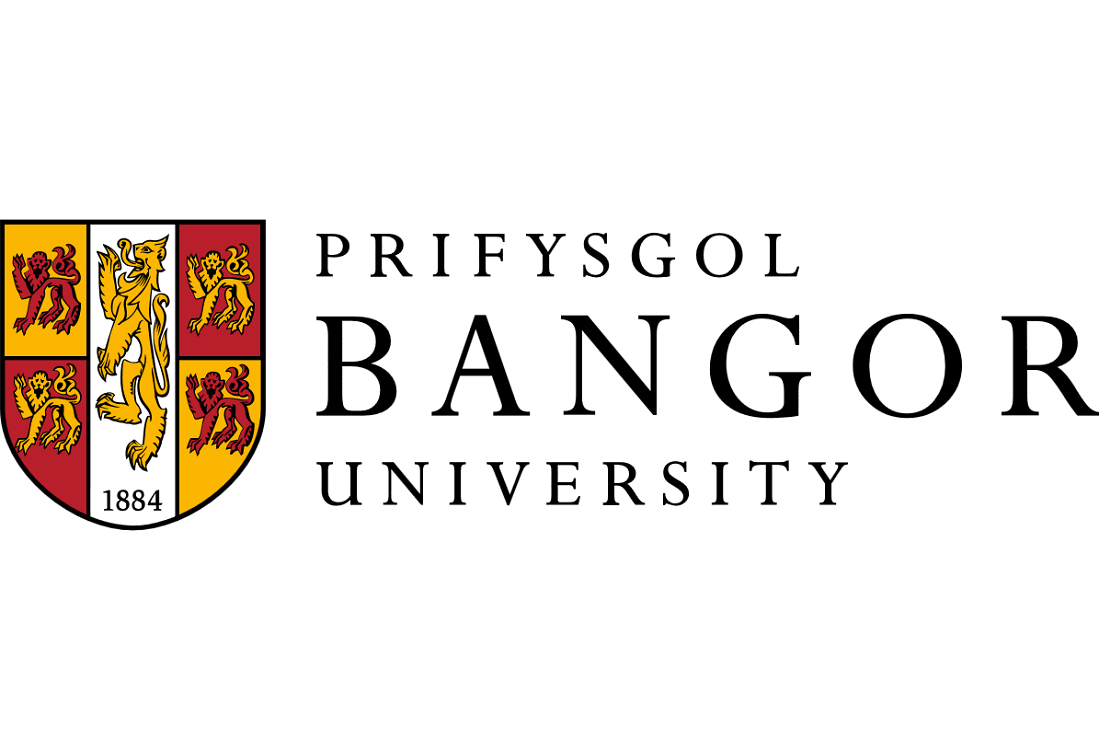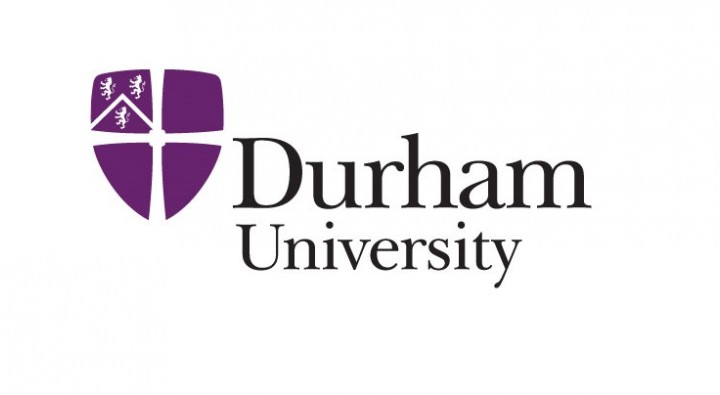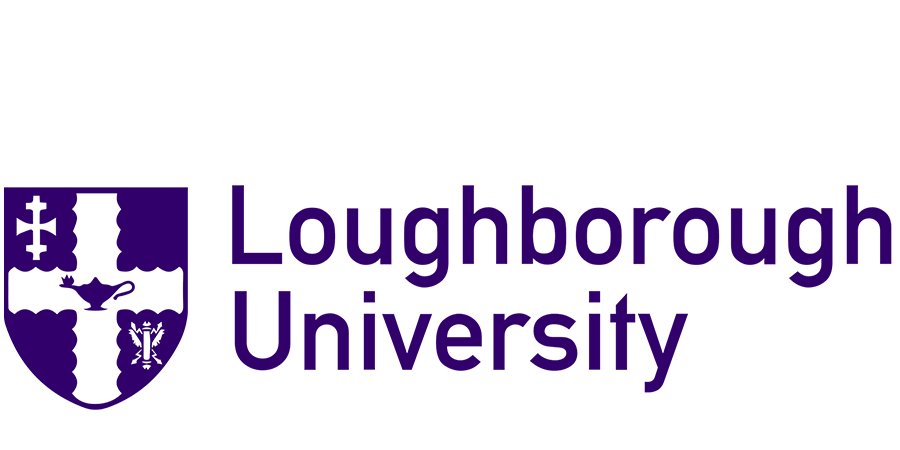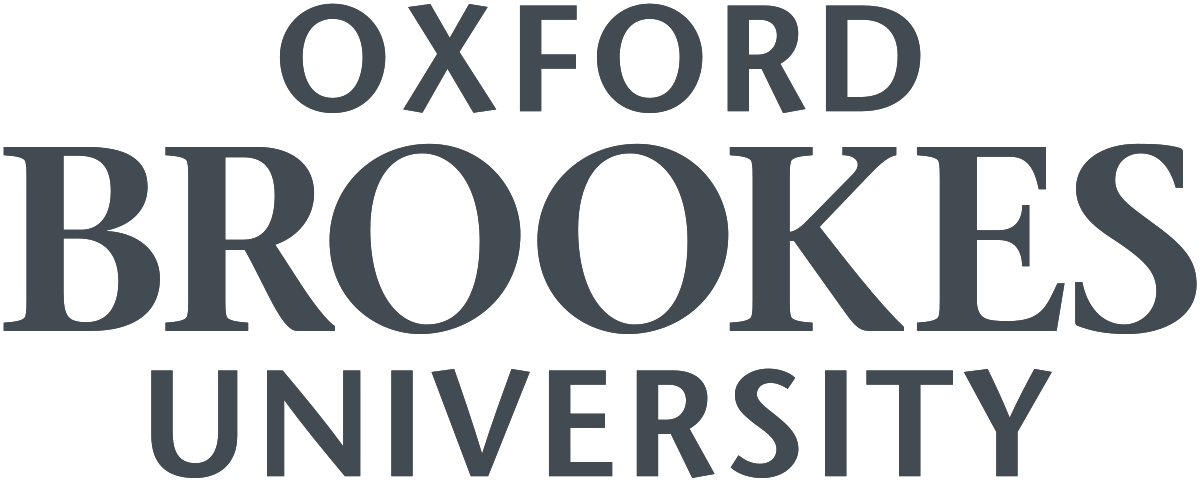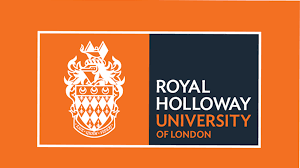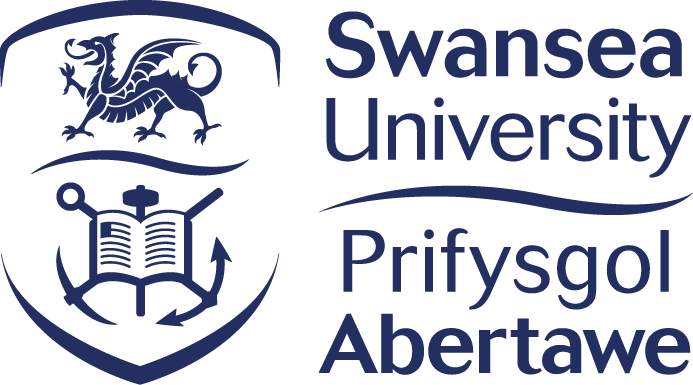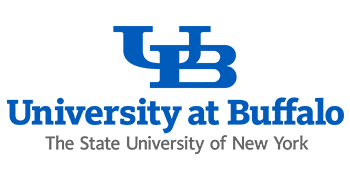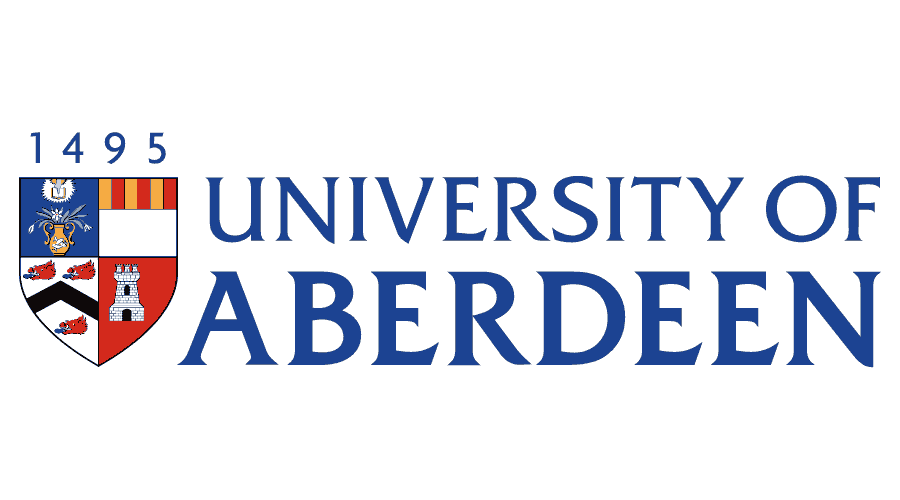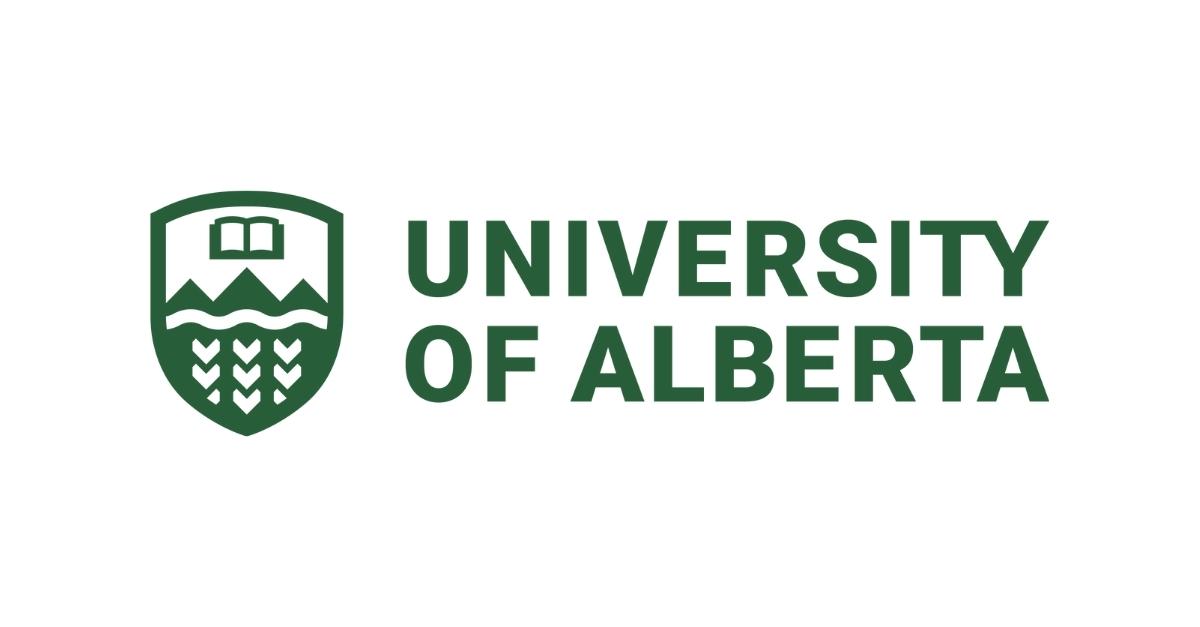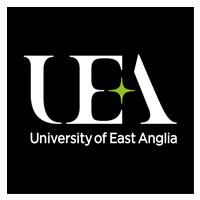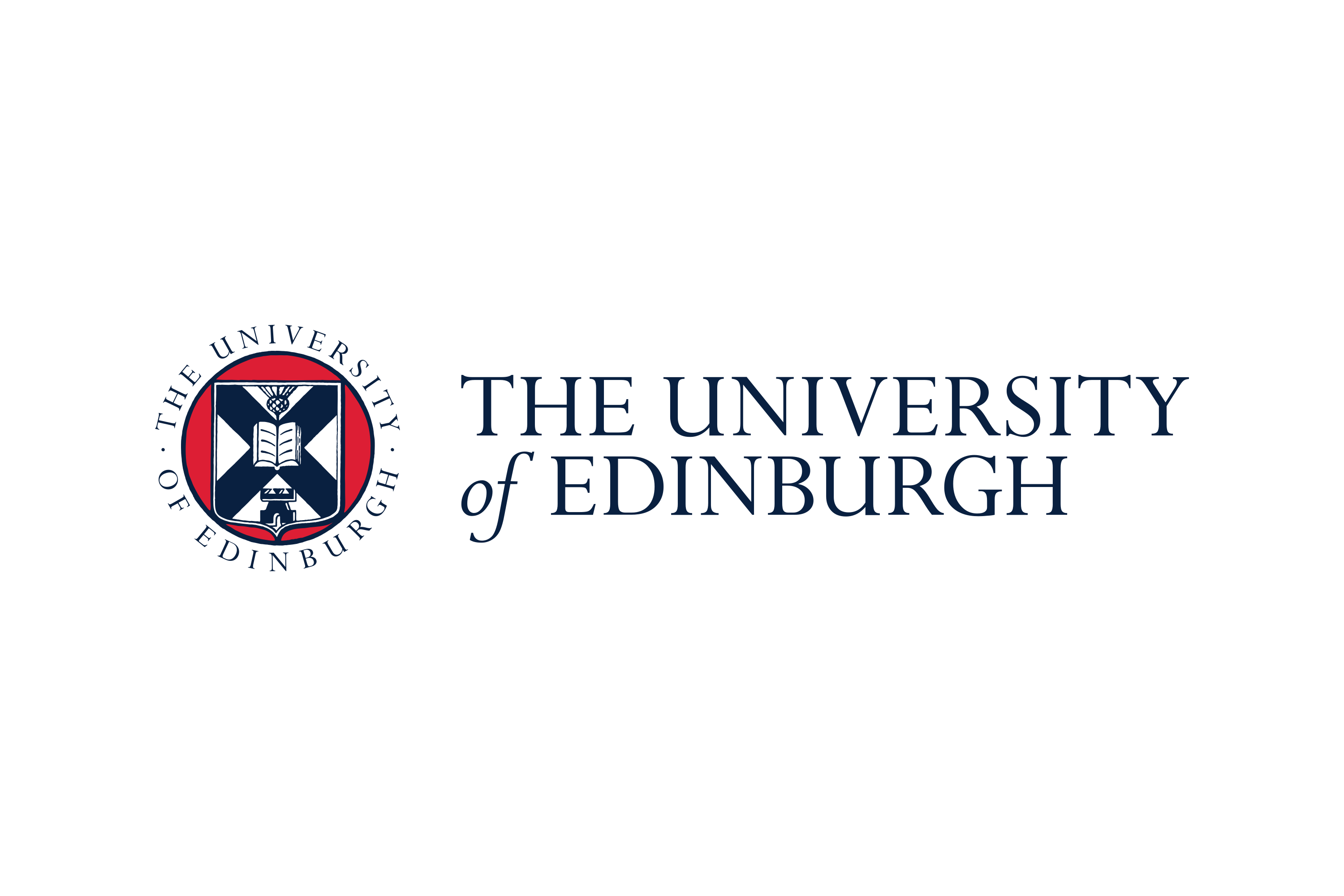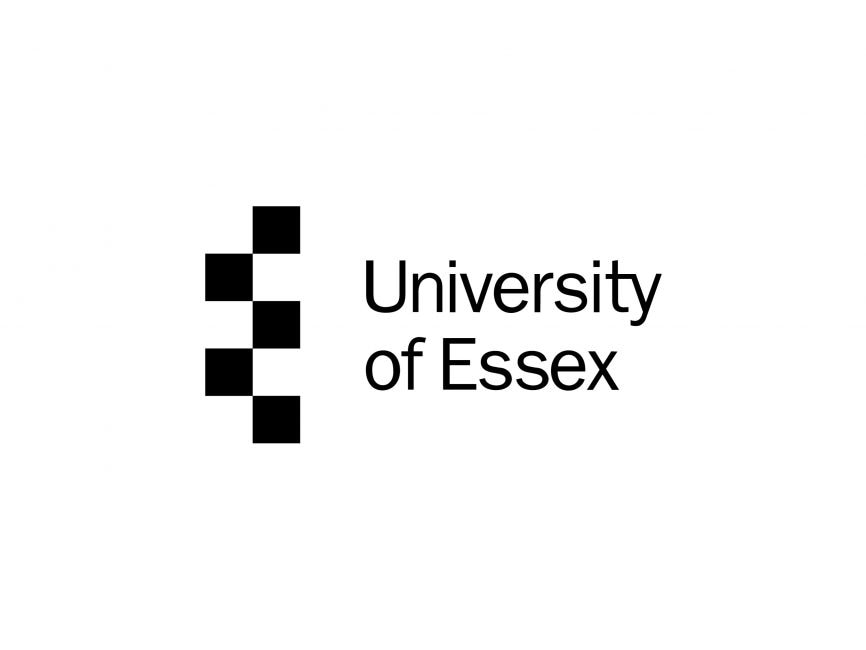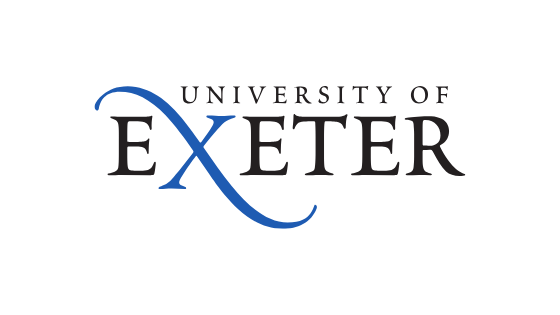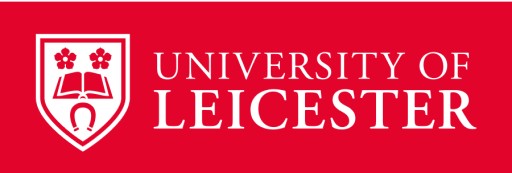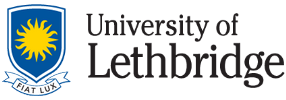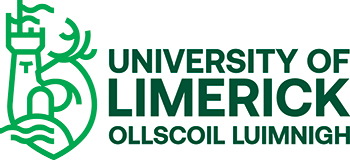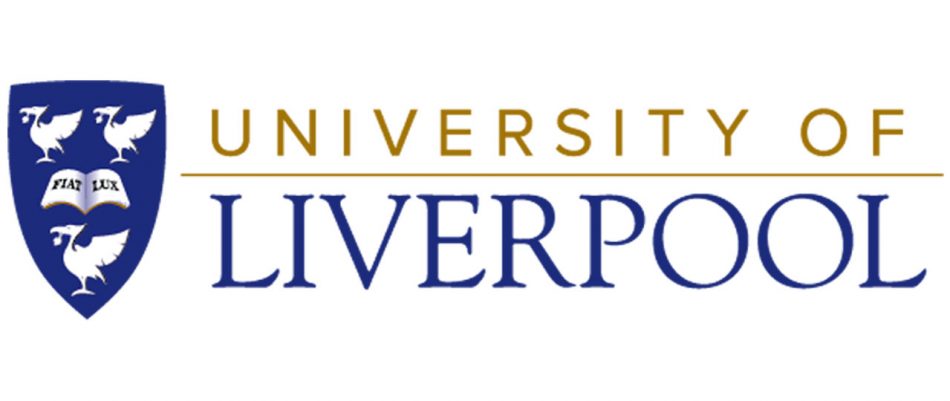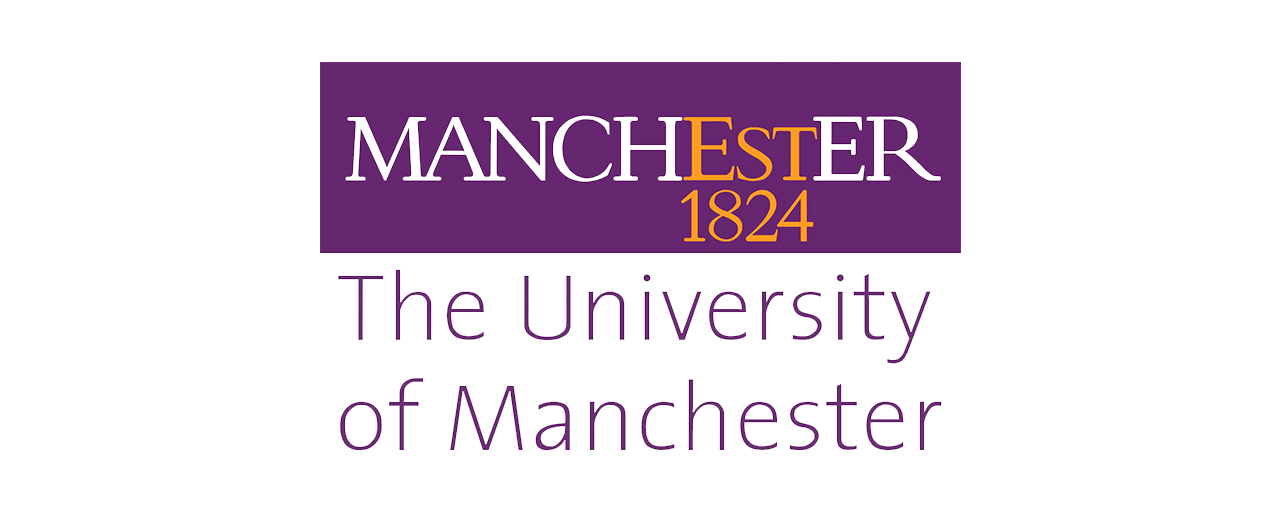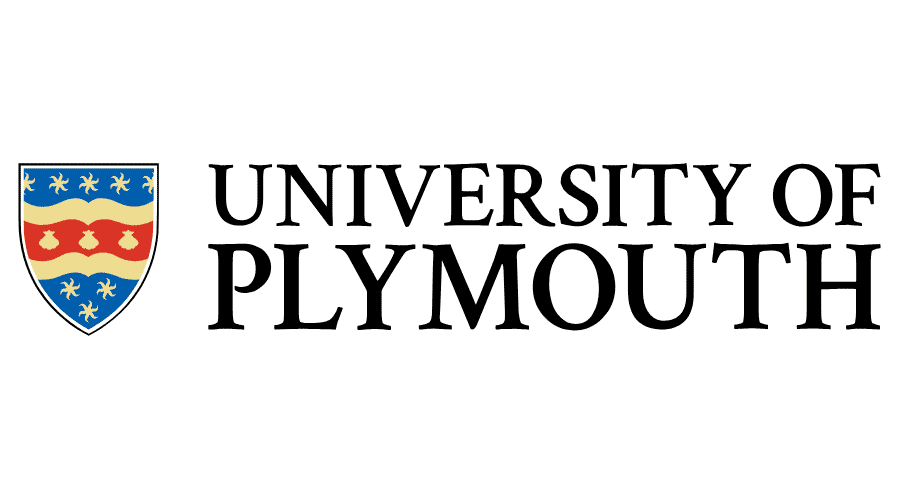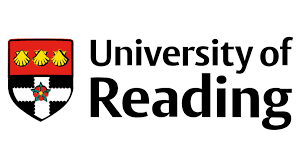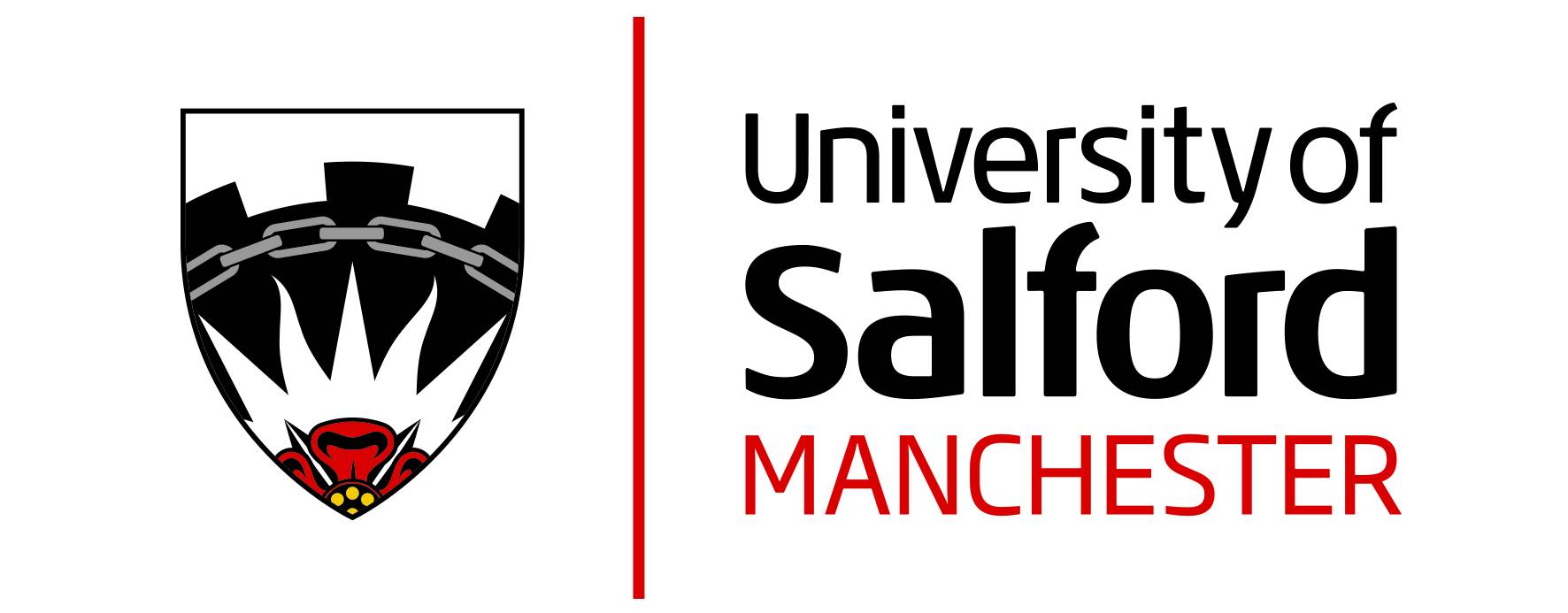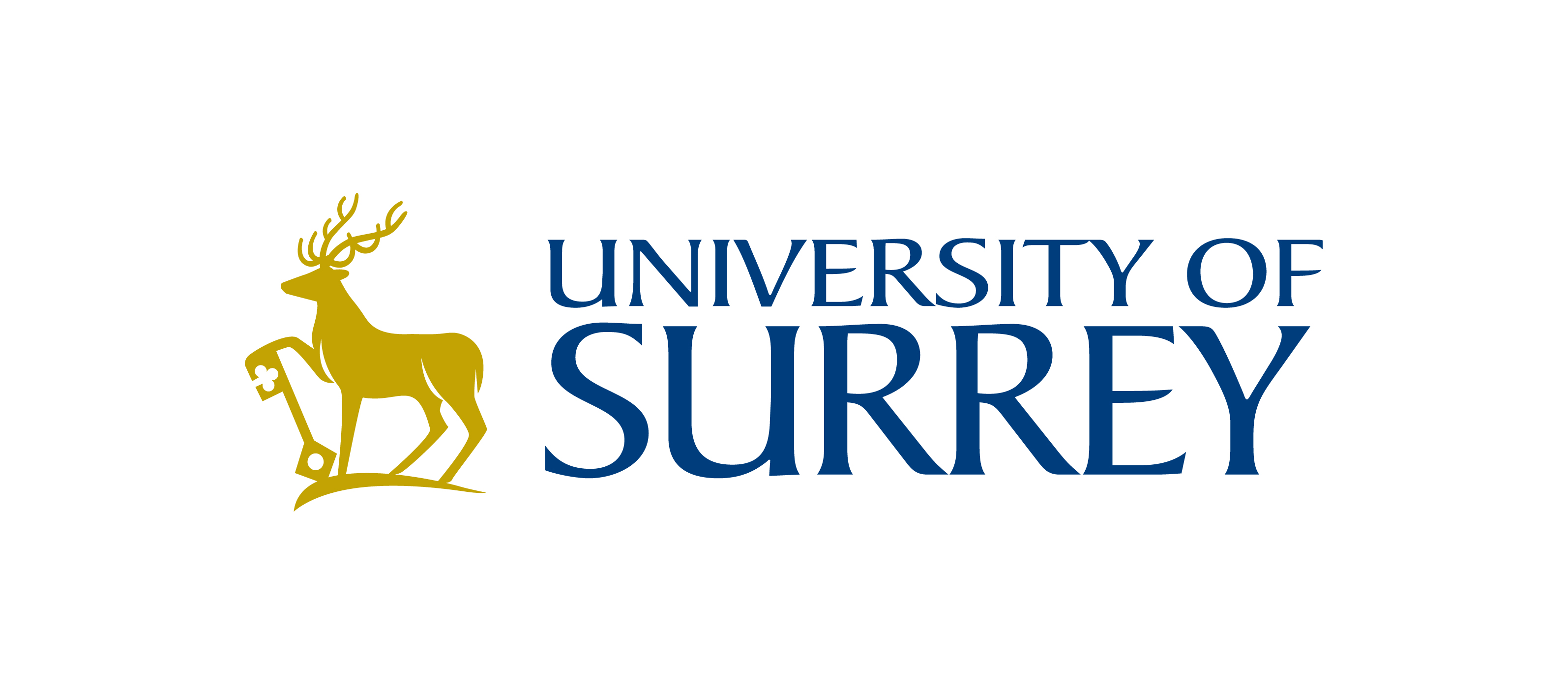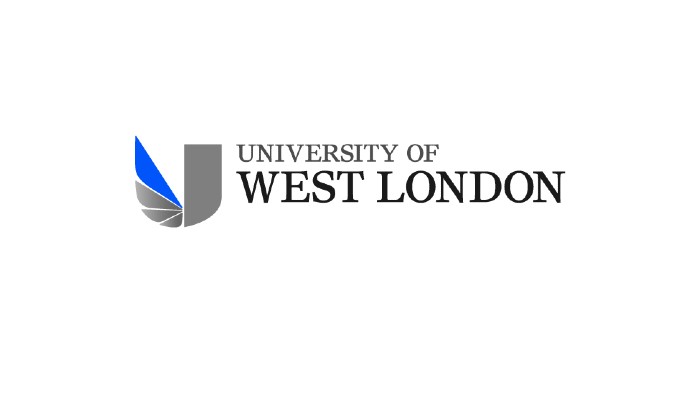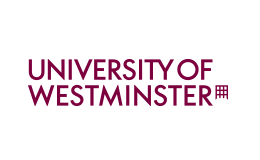Biological Sciences: Unlock a World of Discovery Abroad
Embark on a Journey into Life's Mysteries
Biological Sciences is a dynamic field that explores the wonders of life on Earth, from microscopic cells to vast ecosystems. For Indian students aspiring to study abroad, pursuing Biological Sciences offers unparalleled opportunities to gain cutting-edge knowledge, engage in groundbreaking research, and build a global career. Whether you're fascinated by genetics, ecology, or biotechnology, studying this discipline overseas can transform your passion into a rewarding profession.
In today's interconnected world, Indian students are increasingly choosing international education to access world-class facilities and diverse perspectives. With India's growing emphasis on STEM fields, Biological Sciences stands out as a gateway to innovation in healthcare, agriculture, and environmental conservation. This page guides you through everything you need to know about studying Biological Sciences abroad, tailored for ambitious Indian learners.
What is Biological Sciences?
Biological Sciences, often simply called Biology, is the scientific study of life and living organisms. It encompasses a wide range of sub-disciplines that delve into how organisms function, evolve, and interact with their environments. At its core, biology seeks to answer fundamental questions: How do cells divide? What drives evolution? How can we protect biodiversity?
Key Areas of Study Include:
- Molecular Biology: Focuses on DNA, RNA, and proteins at the molecular level, essential for understanding diseases and genetic engineering.
- Cell Biology: Examines the structure and function of cells, the building blocks of life.
- Genetics: Studies heredity and variation in living organisms, powering advancements in personalized medicine.
- Ecology and Environmental Biology: Explores interactions between organisms and their habitats, addressing climate change and conservation.
- Microbiology: Investigates bacteria, viruses, and fungi, crucial for vaccine development and food safety.
- Physiology: Analyzes how organisms, from humans to plants, maintain vital functions.
- Biotechnology: Applies biological knowledge to create products like biofuels and GM crops.
Programs abroad often integrate hands-on lab work, fieldwork, and interdisciplinary approaches, blending biology with chemistry, physics, and even computer science for bioinformatics.
Why Study Biological Sciences Abroad as an Indian Student?
India boasts excellent institutions like IISc and IITs, but studying Biological Sciences abroad elevates your education to global standards. Here's why thousands of Indian students choose this path:
- Access to Advanced Research Facilities: Countries like the USA, UK, and Canada offer state-of-the-art labs equipped with tools like CRISPR gene-editing technology and high-throughput sequencing machines—resources often limited in India.
- World-Renowned Universities: Institutions such as Harvard, Oxford, and the University of Toronto provide curricula designed by leading experts, fostering critical thinking and innovation.
- Global Exposure and Networking: Interact with diverse peers and professors, building international connections that open doors to collaborations and jobs worldwide.
- Practical Experience: Many programs include internships, research projects, and industry placements, giving you an edge over domestic graduates.
- Career Boost for Indian Students: An international degree enhances employability back home, with many alumni returning to contribute to India's biotech sector, valued at over $100 billion.
- Cultural and Personal Growth: Adapt to new cultures, improve English proficiency, and gain independence—skills vital for global citizens.
Moreover, post-study work visas in destinations like Australia and the UK allow you to gain professional experience, bridging the gap between academia and industry.
Top Destinations for Biological Sciences
Choosing the right country is key. Below is a table highlighting popular destinations for Indian students, based on affordability, quality, and visa ease:
| Country | Top Universities | Average Tuition (INR per year) | Key Advantages for Indians | Living Costs (INR per month) |
|---|---|---|---|---|
| USA | Harvard, Stanford, MIT | 20-40 lakhs | Strong research funding; OPT visa for work experience | 1-1.5 lakhs |
| UK | Oxford, Cambridge, Imperial College | 15-30 lakhs | Short program duration (1-year MSc); Graduate Route visa | 80,000-1.2 lakhs |
| Canada | University of Toronto, UBC, McGill | 12-25 lakhs | Affordable; Post-Graduation Work Permit up to 3 years | 70,000-1 lakh |
| Australia | University of Melbourne, Sydney, ANU | 18-35 lakhs | High-quality labs; Post-study work visa | 90,000-1.3 lakhs |
| Germany | LMU Munich, Heidelberg University | Free-5 lakhs (public unis) | Low/no tuition; English-taught programs | 60,000-90,000 |
These countries welcome Indian students with scholarships and Indian student associations for community support.
Popular Programs in Biological Sciences
Abroad, Biological Sciences programs cater to various levels:
- Undergraduate (BSc): 3-4 years, covering foundational topics like biochemistry and evolution. Ideal for Class 12 graduates with PCB (Physics, Chemistry, Biology) streams.
- Postgraduate (MSc): 1-2 years, specializing in areas like neuroscience or marine biology. Requires a bachelor's in a related field.
- PhD/Research Degrees: 3-5 years, focused on original research. Fully funded options available for top performers.
- Integrated Programs: Like MBiol or combined BSc-MSc, offering seamless progression.
Specialized courses gaining popularity among Indians include Biomedical Sciences for medical research and Environmental Biology for sustainability roles.
Eligibility and Application Requirements
As an Indian student, prepare thoroughly for a smooth application:
- Academic Qualifications: Minimum 60-70% in Class 12 for UG; 55-65% in bachelor's for PG. STEM background preferred.
- Standardized Tests:
- SAT/ACT for UG in USA.
- IELTS (6.5+) or TOEFL (90+) for English proficiency.
- GRE for PG in USA/Canada (optional in some places).
- Documents Needed: Transcripts, SOP (Statement of Purpose) explaining your interest in biology, LORs (Letters of Recommendation), CV, and passport.
- Visa Process: Student visa requires proof of funds, acceptance letter, and health insurance. Start 6-12 months early.
Tip: Highlight any Indian projects, like school biology fairs or internships at CSIR labs, in your SOP to stand out.
Career Prospects After Studying Biological Sciences
A degree in Biological Sciences abroad opens diverse doors. Graduates are in high demand globally and in India, where the biotech industry grows at 30% annually.
Popular Career Paths:
- Research Scientist: Work in labs developing drugs or studying climate impacts. Salary: INR 8-20 lakhs (India); $60,000+ abroad.
- Biotechnologist: Innovate in pharma or agriculture. Companies like Biocon and Serum Institute hire international talent.
- Environmental Consultant: Advise on conservation; booming with India's green initiatives.
- Healthcare Professional: Path to MD or roles in public health, especially post-COVID.
- Academia/Teaching: Pursue PhD for professorships at IITs or abroad.
- Industry Roles: In forensics, food tech, or bioinformatics startups.
With experience, salaries can exceed INR 50 lakhs in leadership roles. Many Indians leverage their degrees for NRIs positions in global firms like Pfizer or Novartis.
Scholarships and Financial Aid for Indian Students
Studying abroad needn't break the bank. Explore these options:
- University-Specific: Merit-based scholarships at Oxford (up to 50% tuition) or UBC (INR 5-10 lakhs).
- Government Schemes: UK's Chevening (full funding for MSc); Canada's Vanier for PhD (CAD 50,000/year).
- Indian Government: National Overseas Scholarship for SC/ST students; ICCR for cultural exchange.
- Private Funds: Inlaks Shivdasani (up to $100,000); Fulbright-Nehru for USA.
- Part-Time Work: Allowed 20 hours/week in most countries, earning INR 50,000-1 lakh monthly.
Apply early—deadlines often align with admissions. Budget total costs: INR 20-60 lakhs for a full program, including living expenses.
Tips for a Successful Application and Study Abroad Experience
To thrive:
- Research Thoroughly: Use platforms like QS Rankings to shortlist unis.
- Build a Strong Profile: Volunteer for biology-related NGOs in India, like WWF, for extracurriculars.
- Prepare for Culture Shock: Join Indian student groups abroad for Diwali celebrations and homesickness support.
- Focus on Skills: Learn data analysis tools like R or Python, vital for modern biology.
- Plan Finances: Use education loans from SBI or HDFC at low interest.
- Seek Guidance: Consult study abroad counselors or alumni on LinkedIn.
Conclusion: Your Future in Biological Sciences Awaits
Studying Biological Sciences abroad is more than an education—it's a launchpad for impacting the world. From unraveling genetic secrets to safeguarding our planet, your contributions can shape India's future in science and technology. With determination and the right preparation, Indian students like you are poised to excel. Start your application today and step into a vibrant, life-affirming career!



